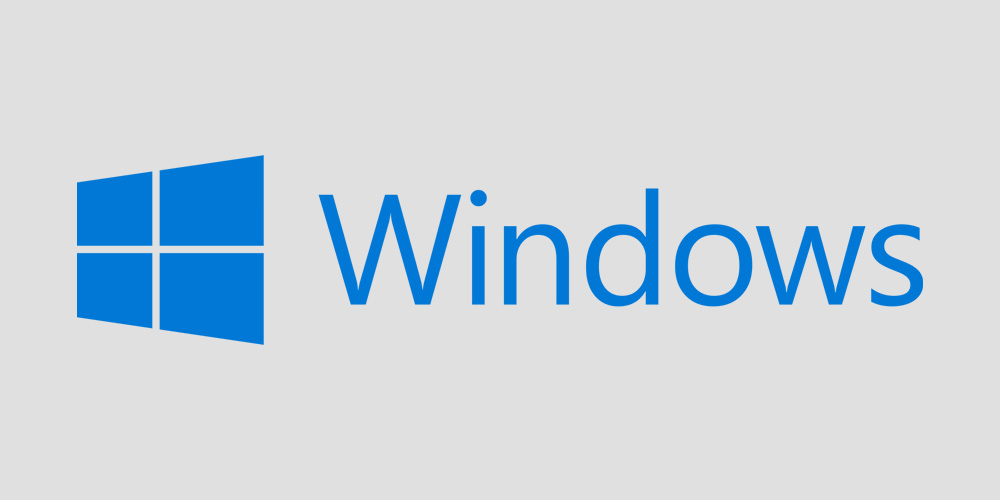From Humble Beginnings to Global Domination
The history of Windows is a fascinating tale of how a simple graphical shell evolved into the world’s most widely used operating system. While many people take Windows for granted today, its path to dominance was anything but straightforward. Through bold innovation, fierce competition, and continuous reinvention, Windows transformed the way we use computers.
Let’s explore this journey — from the very first version to the modern Windows platforms powering billions of devices worldwide.
The Early History of Windows: A Graphical Interface Takes Shape
In the early 1980s, personal computing was far from user-friendly. Users had to type complex commands on a command-line interface, making computers intimidating to the average person. Microsoft saw an opportunity to change that by introducing a graphical user interface (GUI) for MS-DOS.
Initially called Interface Manager, the project was later renamed to “Windows” to reflect its core feature — window-based multitasking. This marked the true beginning of the history of Windows as we know it.
Windows 1.0: A Tentative First Step
Released in 1985, Windows 1.0 was Microsoft’s first attempt to bring a GUI to the masses. Though it wasn’t an instant hit, it introduced several essential concepts. The operating system featured tiled windows, basic apps like Notepad and Paint, and required a mouse — which was still a novel device at the time.
Although limited in functionality, Windows 1.0 laid the foundation for a graphical future. This version was the spark that would eventually ignite decades of innovation.
Windows 3.0: A Turning Point in the History of Windows
By 1990, Windows 3.0 brought substantial improvements that captured user interest. It offered better graphics, improved multitasking, and enhanced memory management. Not only that, but it also introduced the now-famous games Solitaire and Minesweeper, which played a surprising role in making users comfortable with using a mouse.
With a friendlier interface and growing support from software developers, Windows 3.0 became a major milestone in the history of Windows.
The Rise of Windows 95: Bridging the Gap Between DOS and Windows
When Microsoft launched Windows 95, it truly revolutionized the user experience. For the first time, the Windows interface was deeply integrated with the MS-DOS system beneath it, making operations smoother and more accessible.
The debut of the Start button, taskbar, and plug-and-play hardware support turned Windows into a household name. Millions around the world began using Windows daily, and this version became a cultural icon of the 90s.
Windows XP and Beyond: Key Milestones in the History of Windows
In 2001, Windows XP built on the legacy of its predecessors with a more stable and user-friendly interface. It quickly became a favorite among home and business users alike, thanks to its reliability and ease of use.
Following XP, Microsoft experimented with Windows Vista, which introduced new security features and a flashy interface, though it faced criticism for performance issues. Fortunately, Windows 7 struck a perfect balance, offering speed, stability, and a clean design. It became one of the most beloved versions in the entire history of Windows.
Later, Windows 8 brought touch support and the controversial Start screen. Microsoft responded with Windows 10, which combined the best of both worlds — traditional desktop and modern interface — and continues to receive updates even today.
Windows in the 2020s: Adapting to a Changing World
As of the 2020s, Windows 11 represents the latest chapter in the ever-evolving history of Windows. With a fresh look, improved performance, and better support for hybrid work environments, Microsoft continues to adapt Windows to meet modern needs.
Features like Snap layouts, virtual desktops, and deeper Microsoft Teams integration reflect how computing has shifted to prioritize productivity and collaboration.
The Legacy of Windows: More Than Just an Operating System
Looking back, the history of Windows is more than just a timeline of software updates. It’s a story about how technology evolved to become accessible, powerful, and integrated into daily life.
From classrooms to boardrooms, and from homes to hospitals, Windows has become a tool that connects people, drives innovation, and powers progress. As we look ahead, one thing is certain — Windows will continue to shape the digital world for generations to come.
Final Thoughts
The journey of Windows is an inspiring example of how consistent innovation and user feedback can drive global change. Whether you’re a developer, gamer, student, or business owner, chances are you’ve used Windows at some point in your life.
Understanding the history of Windows helps us appreciate how far we’ve come — and gives us a glimpse into where we’re headed next.


Feel free to post your thoughts about this article.